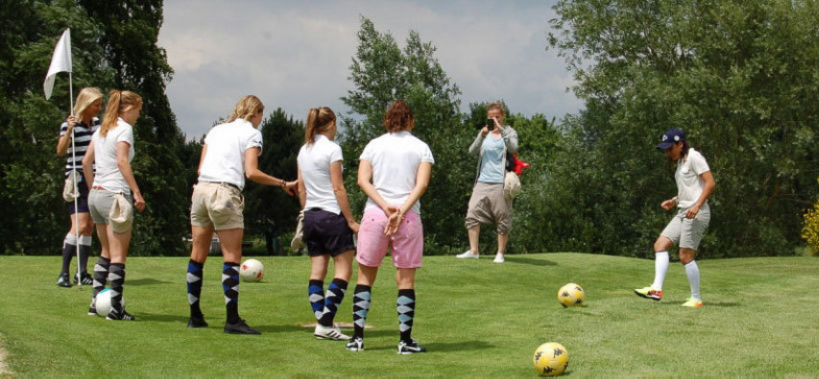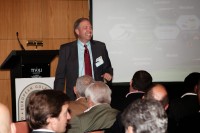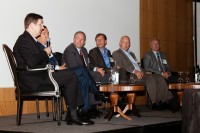Whilst FootGolf is seen somewhat as a passing craze in mainland Europe, in the UK it is one of the quickest growing sports around. With the growth in what many often still view as a hobby is coming a leap in turnover for those helping facilitate it. The development of the sport has been so quick that in the UK 15% of courses will have duel use facilities by 2017 and a trend of failing clubs being bought up for total conversion is building.
To understand the impact and possibilities offered by FootGolf, EGCOA spoke to our contemporaries within the industry.
What is FootGolf?
FootGolf is a precision sport where players kick a soccer ball into a cup in as few shots as possible. Its name is a portmanteau of “football” and “golf”, and the game combines the two sports, being more closely related to golf.
Is it not just a thing for the eccentric English?
The largest FootGolf playing nation is actually the USA who were the winners of the recent FootGolf World Cup, played this year in Buenos Aires, Argentina. This year 22 nations took part, the majority of whom were from Europe.
Football is easily the most popular sport on our continent and FootGolf allows for people of all abilities and ages interested in the sport to take part with minimal cost, training or equipment. The potential market for the sport across Europe is therefore huge.
Why would I want FootGolf on my Course?
In the UK last year there were an estimated 30,000 FootGolf players a week spread out over 200 courses. Each of these players paid between €10 and €20 per round. The cost of creating a 9 hole course to coincide with the existing golf course is around €3800 for design, build and equipment. Kieran Lawry, Operations Director at the UK FootGolf Association told us that “in the UK the majority of clubs see a full return on this initial investment in 3 to 4 weeks. Courses that are fully converted, such as the FootGolf Course in Doncaster, have seen over 700 rounds in their first week, completely covering the cost of an 18 hole conversion”.
Where would it fit within my Course?
Generally you are looking to try and get an 18 hole FootGolf course to coincide with the front 9 of your existing golf course. The tee’s and greens sit off to the sides in the rough with the course being laid out to utilise existing hazards whilst going nowhere near existing golf greens. When the holes are covered up with lids and the tee box markers are taken away you couldn’t tell there is a course there at all.
Most of the 200 courses in the UK that host a FootGolf course in this manner finds that it adapts to their timetable as well as their course. Quite weekday afternoons and the occasional Saturday for competitions are given over to FootGolf players meaning that there is minimal effect on the everyday running of the course.
Is this not a cheapening of my Club?
The way Kieran Lawry see’s it is as “an extension of an existing facility, just in a slightly different way. It has the same rules, same scoring, the same dress codes but it is way more accessible. Our members have found that many of the people coming to play FootGolf are going on to become a regular customer of the club. Whether this be in eating in the restaurant, booking the bar for a function or taking up golf and membership themselves”.
It is certainly a successful model of diversification. Whilst initially looked down upon by many within the golf industry it is now being taken on by the UK establishment, with groups such as Crown Golf, BGL Group, McDonalds Hotels and Glendale Golf founding courses across their existing operations.
These groups have seen what the EGCOA and Vision 2020 have been saying for years, that for the industry to thrive and expand it must broaden its appeal and offerings. Many of the people playing FootGolf have the time, interest and disposable income available to take up a regular sport. As Kieran Lawry states, “these players are not from a golfing background, many have never set foot in a golf club before, seeing them as elitist, non-welcoming places. FootGolf gets people through the door, shows that clubs are not scary places and encourages them to get involved within the established community on site”.
The fact that FootGolf can do this whilst “quite easily adding 50K extra to green fees for very little investment” makes it something that all clubs across Europe should start taking note of.






